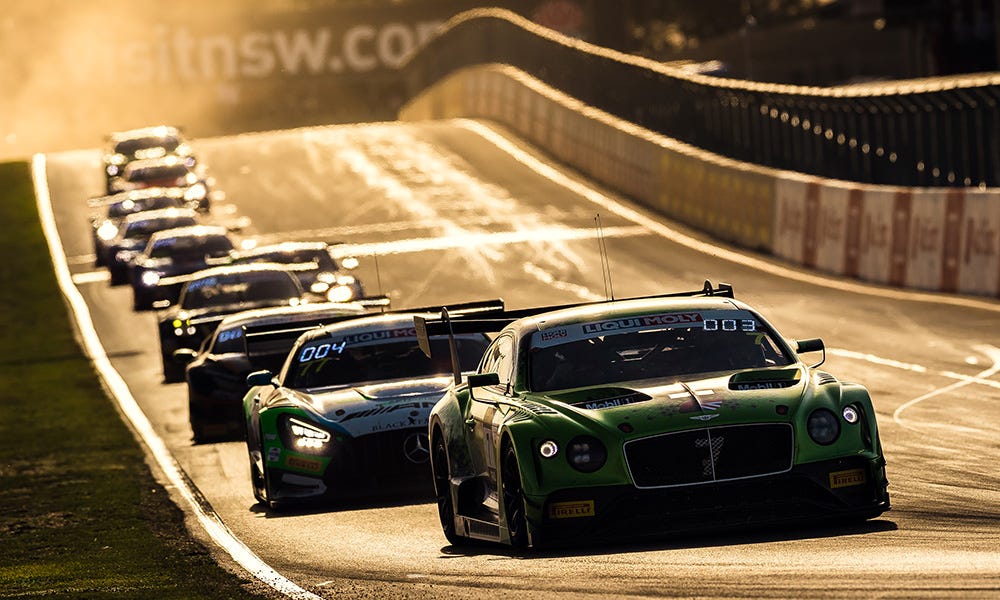Opinion: What’s IGTC’s Best Path Forward?
John Dagys examines the current state of Intercontinental GT Challenge and possible measures to bring the globe-trotting GT3 series back to pre-pandemic levels…
The 2020 Liqui-Moly Bathurst 12 Hour could arguably be looked back upon as a watershed moment for Intercontinental GT Challenge powered by Pirelli.
A record nine manufacturers had signed up for SRO Motorsport Group’s globe-trotting GT3 series, in a field that consisted of 40 cars, the large majority being top class, IGTC-nominated GT3 entries.
Bentley Team M-Sport claimed a historic victory, but less than six weeks later, the world was turned upside down with the onset of the COVID-19 pandemic that brought motorsport to a screeching halt around the world.
While some championships were quick to adapt, others weren’t so lucky. With races on five continents, IGTC was one of the hardest-hit, with the Suzuka 10 Hours canceled, the 24 Hours of Spa postponed and Indianapolis 8 Hour and Kyalami 9 Hour moving ahead but with depleted grids.
What had been proclaimed by many as the next big thing in sports car racing was suddenly plunged into a fight for survival due to country-specific quarantine measures, logistical hurdles and economic uncertainty.
Twelve entries turned up for the season finale in Kyalami, which unfortunately proved to be a sign of things to come for IGTC’s South African leg.
The 2021 edition, less than two weeks away from happening, was postponed to February 2022 due to the emergence of the omicron variant in South Africa, and saw a mere 11 cars take to the grid.
While other IGTC events, such as Spa and the born-in-the-pandemic Indianapolis round, saw growth, Kyalami continued to struggle, even compared to Bathurst’s return in 2022 as a Pro-Am-only race that generated double the grid, largely due to its contingent of local entries.




